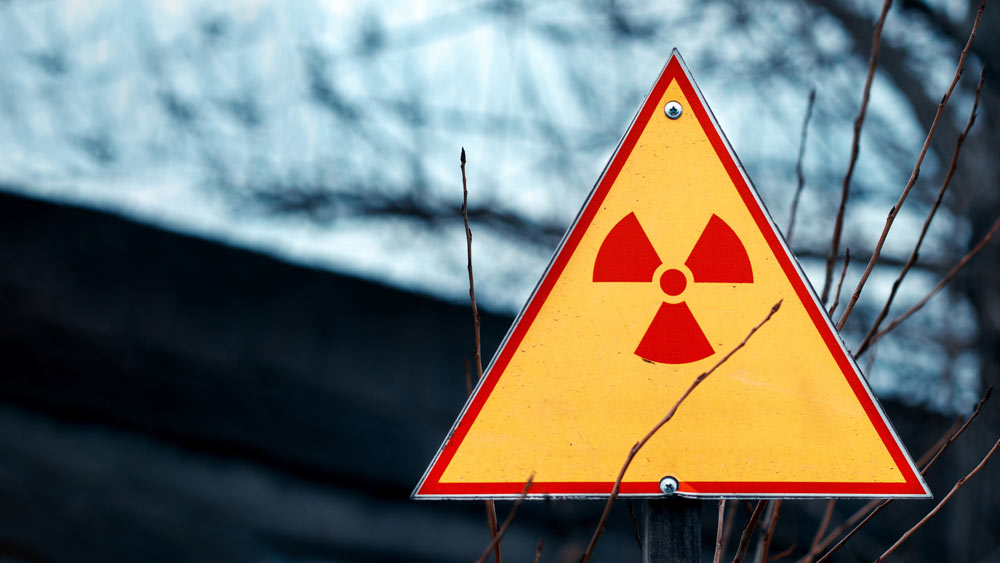
Radiation is energy traversing space. Little particles shooting through the air that can be utilized as a means of curing cancer or could cause irreparable damage to a person’s health.
Autumn Kalinowski, a graduate student in the Department of Nuclear Engineering at Texas A&M University, is developing a computational model that converts raw data and radiation records from thermoluminescent dosimeter (TLD) badges into more readily useable values for epidemiological studies. As such, her model will produce information that can be utilized to investigate the epidemiological – health and disease – effects of radiation, especially low doses. This ongoing project is part of an internship with Oak Ridge Associated Universities in Oak Ridge, Tennessee.
“Anyone who works in a nuclear field and is potentially exposed to radioisotopes, be it technicians, reactor operators or people who work in weapons fabrication or national labs, wears a TLD badge,” said Kalinowski.
These badges are scanned and read periodically throughout the year. The information is culminated annually and the total dose of radiation exposure for each individual is sent to Oak Ridge Associated Universities to be input into a massive database.
“This is so that we can go back and look at individuals and see their exposure over time to monitor it and make sure that it is falling within regulatory limits,” said Kalinowski.
Unfortunately, with how it is currently recorded and formatted, the data cannot be effectively applied to epidemiological studies – limiting how much insight and information can be gained regarding the health effects and disease development of prolonged exposure to low doses of radiation.
So, tackling this issue, Kalinowski is working on developing a model that can translate the raw database information into a format of values that can be more directly applied to epidemiological studies. This will not only be a key element in the advancement of nuclear research, but also stands to have a lasting impact on experts and engineers in the nuclear and medical industries at large. With access to real-world, interpretable data, researchers, industry leaders and others can track and investigate how radiation – especially at low levels – effects workers’ health and disease development over time.
As such, her model will also be a vital tool in better understanding radiation and how to keep workers safe in environments in which they are exposed to radioisotopes.
Having received her bachelor’s degree from the department, Kalinowski said that her experience as a nuclear engineering student at Texas A&M has helped her with her internship.
“The nuclear engineering program is really rigorous in terms of the amount of work that you do in your undergraduate and graduate degree. All the classes are super intense, and in order to do well in them, you have to have a strong, motivated work ethic and be willing to put the hours in to get it done,” said Kalinowski. “Learning how to work with tight deadlines and how to juggle priorities really helped prepare me for my internship and make sure I could get everything done while I was on site.”
Kalinowski was introduced to key movers and shakers at Oak Ridge Associated Universities by Dr. Shaheen Dewji, assistant professor in the nuclear engineering department.
“My advice is to talk to your professors and see if they know anyone that they can put you in contact with to start pursuing internships because this experience – that I'm very fortunate that Dr. Dewji helped me find – opened up a whole new world of options for me,” said Kalinowski.